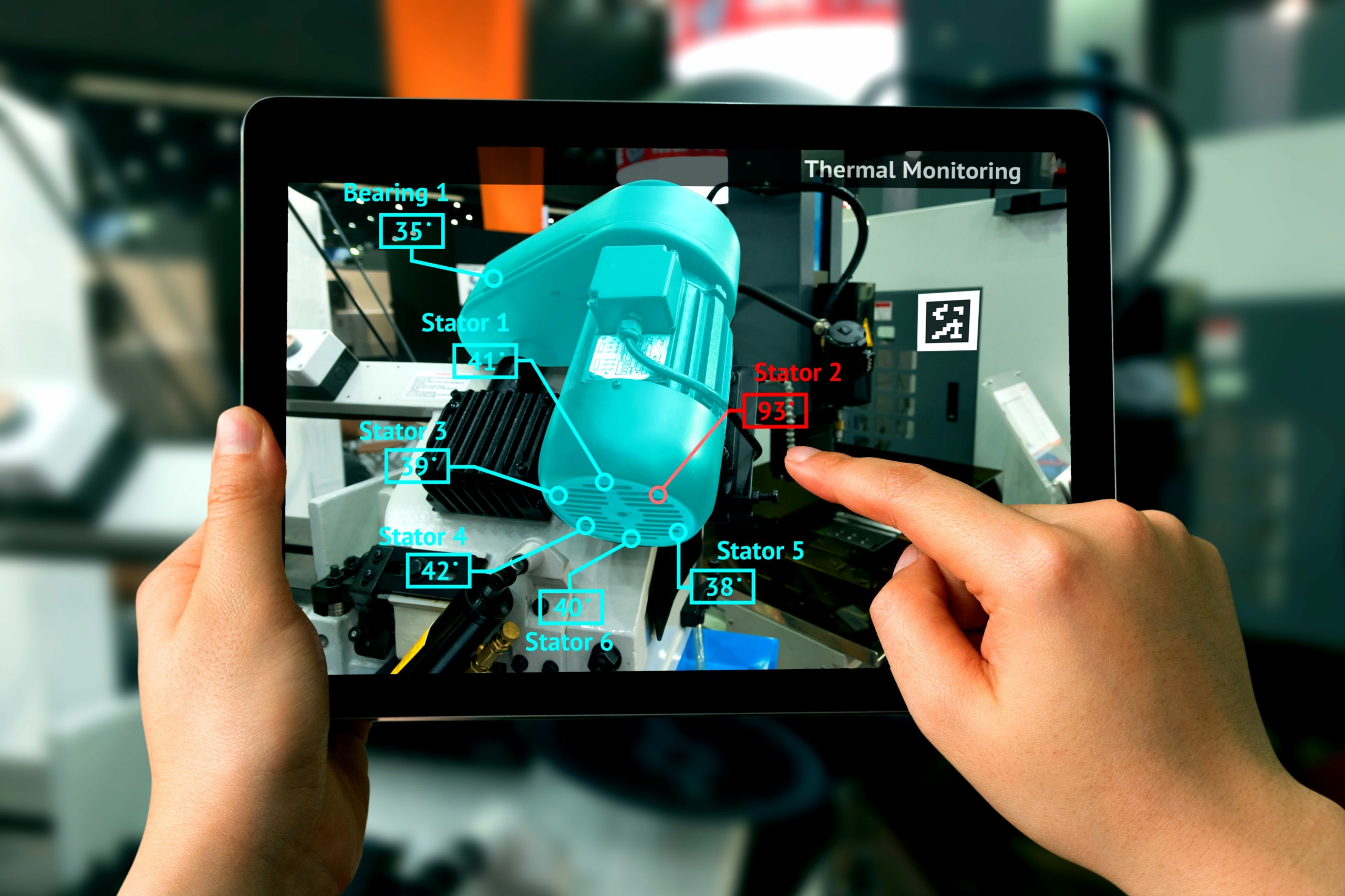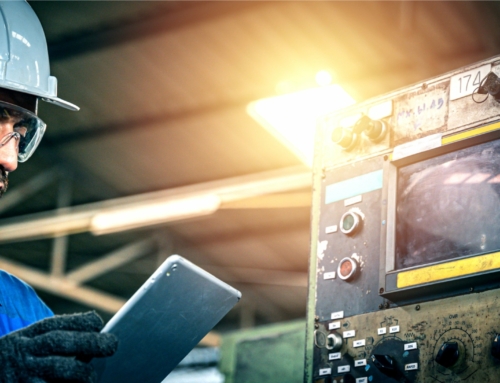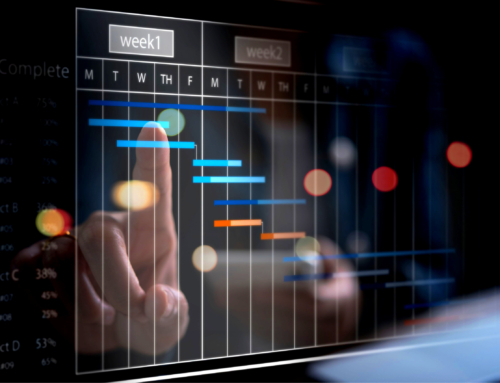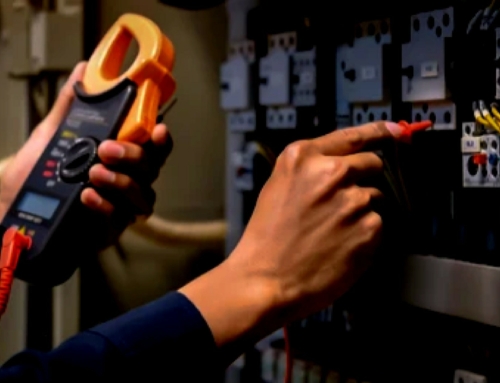Field service technology has moved ahead in leaps and bounds.
The shift from paper-based, manual systems is largely done which means electronic systems are well and truly entrenched as a normal operating procedure.
But technology continues to evolve, giving rise to new opportunities to deliver better service, enhance the safety of field service technicians and reduce costs.
Augmented reality
The famous game, Pokémon Go, gave the world a taste of what augmented reality offers. It placed fictitious characters in the real world, encouraging people to find and catch them. Now imagine being able to point a smartphone or tablet at a real object and seeing information about that object.
The days of field service technicians needing to carry around detailed manuals and procedures are coming to an end. Augmented reality allows a technician to point the camera from their smartphone or tablet at a machine. The device can recognise the device and provide the technician with the service and repair history, operational manuals, repair guides and other pertinent information.
Virtual reality
While VR has received plenty of attention in the consumer technology world, some of the most powerful applications come in commercial and industrial settings.
For training, it’s possible to create virtual ‘worlds’ that allow field technicians to learn how to work with new equipment and practice maintenance and repair tasks without the need to procure physical equipment. This is especially useful when it comes to worker safety.
VR allows you to create virtual simulations of entire environments. Think of it as being like the flight simulators that are used by airline pilots.
A technician can, by using a set of VR glasses, gloves and other wearable apparatus walk through and experience what it’s like to be in a lift well, confined space or some other hazardous situation. They can do this safely so that when they venture into the real world, you can have greater assurance that they are prepared.
Data, machine learning and AI
The volume of data that we have the potential to access is constantly growing. Almost every piece of equipment, from large HVAC systems to individual lighting fixtures has the potential to collect and send data about its operating state.
Simply put, there’s almost no way a person can collect, assimilate, and use the huge volumes of rapidly arriving data. This is where machine learning (ML) and artificial intelligence (AI) come into play.
Software that employs ML and AI can identify patterns in data that would otherwise be difficult to detect in large pools of data. Once a pattern, or an outlier to a pattern, is identified, this can trigger an automated response. For example, if a sensor in a room detects a change in the carbon dioxide concentration, software can detect the change and then send an alert, increase the rate of ventilation from the HVAC system or trigger some other action.
Under normal circumstances a piece of equipment operates within a defined set of specifications. But the performance might slowly ‘drift’ in a way that is imperceptible to a human. However, AI can detect the drift and alert a technician that a machine is showing signs of failure before something completely stops.
These emerging technologies are not years away. They are all here today, ready to be used. At their heart lies one critical element: data. By ensuring your field service management software and other associated systems collect and store the right information, you can be well placed to start trialling and deploying these exciting new tools.





